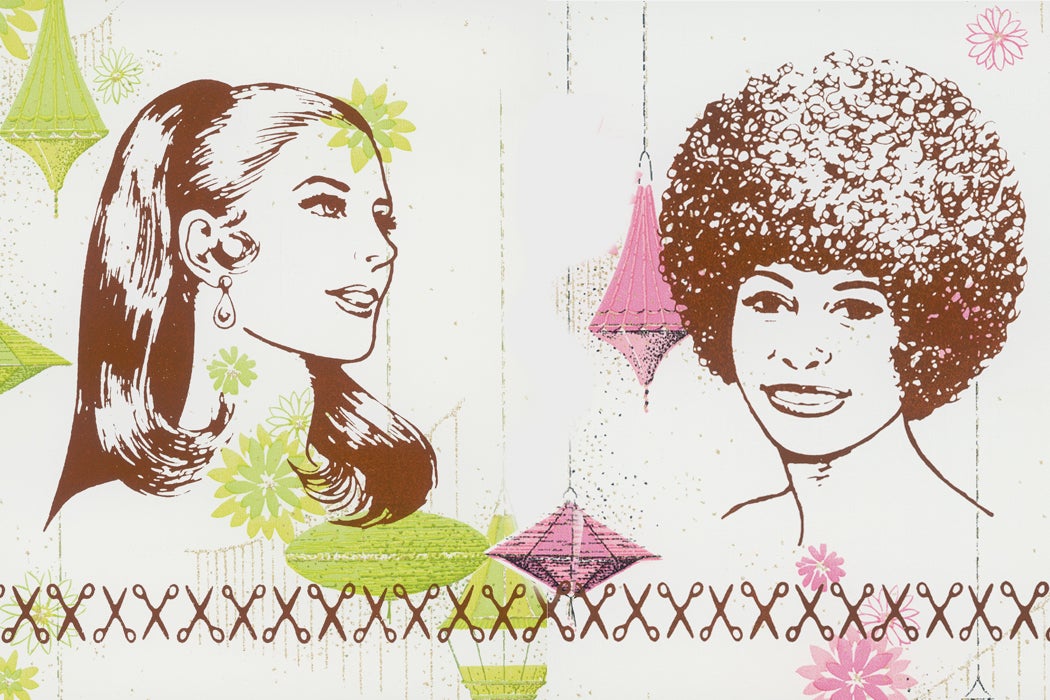A Curious Reader asks: Why do some people have curly hair and others straight?
The short answer is: selective pressure acting on the genes responsible for hair type. Humans evolved on the African continent, and from there dispersed to the rest of the world. Muthukrishnan Eaaswarkhanth and colleagues, writing in Human Biology, noticed a trend in human hair genetics while testing out a new analytical technique.
Eaaswarkhanth et al. noticed significant changes in certain genes of the KAP cluster. These genes do not directly cause hair curl, but are responsible for keratin structure. Thus, they play a significant role in the final shape of an individual’s hair. The group’s analysis revealed that certain variations in the KAP cluster genes are present in African populations but virtually absent elsewhere. They suggest that either environmental or sexual selective pressure began acting on hair after humans began dispersing out of Africa, helping shape the wide range of human hair types present today. The limited evidence points to temperature as a factor. Curly hair may help keep the head cool in warm climates. These days, environmental pressure is less of an issue, but cultural factors may impact the prevalence of curly hair in a population over time. Ethnicity is not connected.
Selection explains why different hair types exist at all, but for any given person, inheritance studies suggest that curly hair mostly follows the rules of Mendelian genetics. Curly hair is dominant, so someone is more likely to have curly or wavy hair if at least one of their parents does. Recent research points to trichohyalin, a protein in hair follicles, as having primary influence over hair curl. However, there are many genes contributing to hair curliness, most of them unknown. Ultimately, hair texture remains a phenomenon that, like so many in genetics, is not yet fully understood.
What's Your Quick Question?
For this monthly series from JSTOR Daily, we invite readers to submit their burning questions. If we choose your question, it will be published alongside related research housed on JSTOR.







